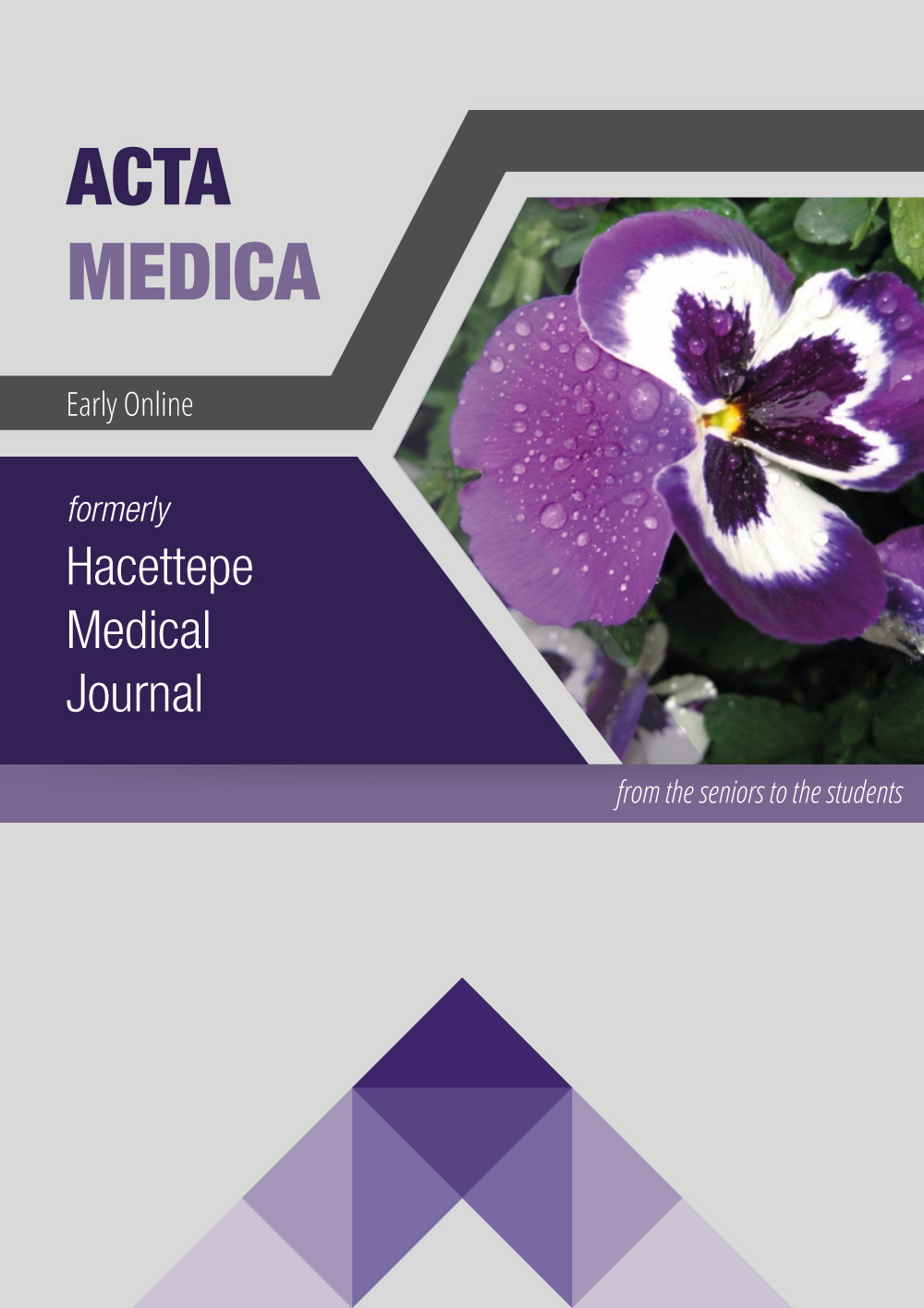
Acta Medica
Yazarlar: FatmaUÇAR, GönülEREN, AbdullaErcanARZUHAL, V, eydaÖZEİR, AlparslanÖZTÜRK, NurgülÖZCAN
Konular:-
Anahtar Kelimeler:-
Özet: Objective: For some analytes test results can be affected by choice of blood collection tubes. Several studies comparing the new BD Vacutainer® Rapid Serum Tubes with the Serum Separator Tubes for routine chemistry and immunoassay tests have been published. However, published studies have not investigated Insulin, C-peptide and High Sensitivity C-Reactive Protein (hsCRP) tests. The aim of this study was to evaluate the comparability of some laboratory tests and rates of hemolysis using Rapid Serum Tubes and Serum Separator Tubes and to also investigate the stability on serum storage time. Materials and Methods: Blood specimens were collected into the two tube types from 97 participants. All tubes were centrifuged (1500×g,10 minutes). Serum from each tube was tested for Insulin, C-peptide, hsCRP, parathyroid hormone, 25-OH Vitamin D, glucose, potassium, phosphorus, AST, magnesium and LDH measurements. Detection of hemolysis was carried out by a spectrophotometric method. Paired blood specimens (n=15) were stored at 4°C and retested at 4 and 24 hour for the evaluation of specimen stability. The significance of the differences between samples was assessed by paired-t test or Wilcoxon test. The mean percentage difference was calculated. Desirable analytical quality specifications and total change limit were used for the interpretation of the test results and the stability of analytes, respectively. Results: Although the results for measured analytes showed statistically significant differences between the two tube types (p<0.05), the mean percentage differences (except for LDH) were within the current desirable allowable bias. No serum samples in the study were hemolysed (≥0.5 g/L) and most of the analytes investigated remained stable (24 hour at 4°C) for both tube types. Conclusion: This study suggests that BD Rapid Serum Tubes are suitable for collection of blood and storage of serum up to 24 hour at 4°C for some laboratory analytes including Insulin, C-peptide, hsCRP. Key words: Rapid Serum Tubes, Serum Separator Tubes, Stability, Hemolysis